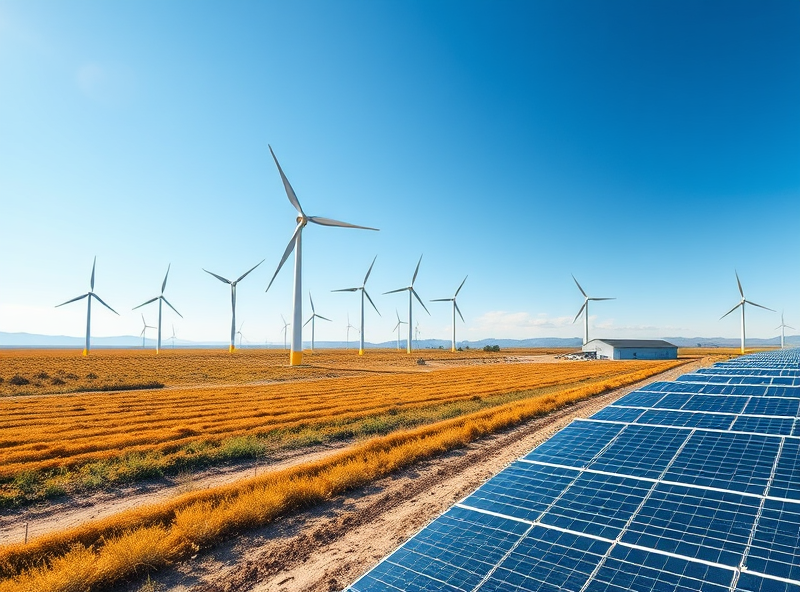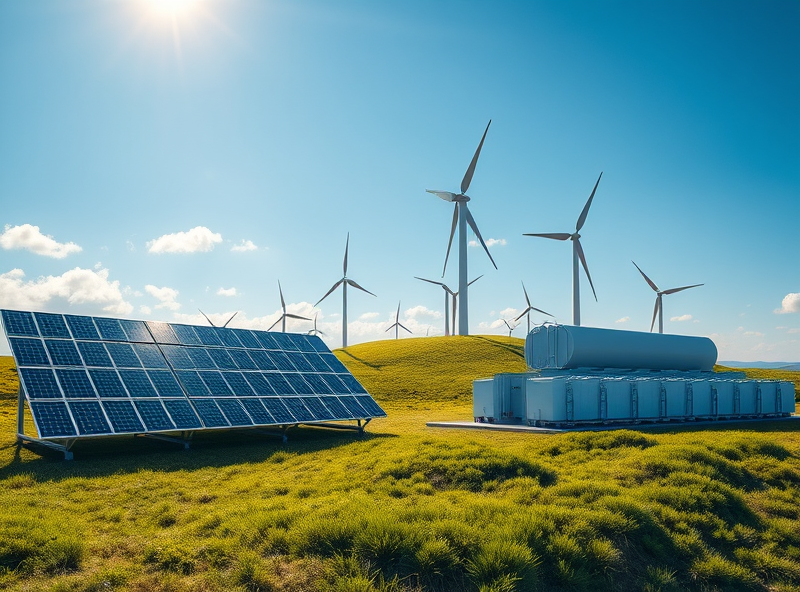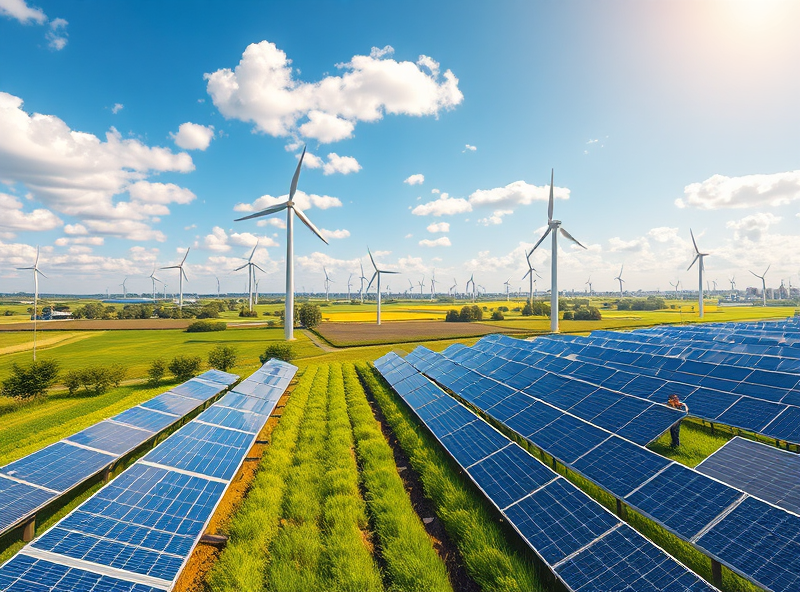Federal Programs Supporting Renewable Energy

The United States has made significant strides in promoting renewable energy through various federal programs. These initiatives aim to accelerate the transition to clean energy, reduce greenhouse gas emissions, and create sustainable economic opportunities. One of the most prominent programs is the Investment Tax Credit (ITC), which provides tax incentives for solar energy systems. This program has been instrumental in making solar power more affordable for homeowners and businesses alike. Another key initiative is the Production Tax Credit (PTC), which supports wind energy development by offering financial incentives based on the amount of electricity generated. Additionally, the Department of Energy (DOE) funds research and development projects to advance renewable energy technologies, ensuring continuous innovation in the sector. These programs not only help reduce the cost of renewable energy but also encourage widespread adoption, contributing to a cleaner and more sustainable future.
State-Level Renewable Energy Policies

State-level renewable energy policies play a crucial role in driving the adoption of clean energy across the United States. Many states have implemented Renewable Portfolio Standards (RPS), which require utilities to source a specific percentage of their energy from renewable sources like wind, solar, and hydroelectric power. These policies create a stable market for renewable energy, encouraging investment and innovation in the sector. Additionally, states often provide tax incentives, grants, and rebates to both businesses and homeowners to make renewable energy projects more affordable. For example, California’s aggressive renewable energy goals have led to significant advancements in solar energy, while Texas has become a leader in wind energy production. By tailoring policies to their unique resources and needs, states are making significant strides toward a more sustainable energy future. Understanding these policies can help individuals and businesses take advantage of available incentives and contribute to the transition to renewable energy.
Technology and Infrastructure Initiatives

The United States is making significant strides in renewable energy through technology and infrastructure initiatives supported by federal programs. These initiatives aim to modernize the nation’s energy grid, improve energy storage solutions, and promote the adoption of clean energy technologies. For instance, the Department of Energy (DOE) has been actively funding research and development projects focused on advancing battery storage technology, which is crucial for integrating renewable energy sources like solar and wind into the grid. Additionally, programs like the Federal Energy Regulatory Commission’s (FERC) policies encourage the development of smart grids and microgrids, enabling more efficient energy distribution and reducing power outages. By investing in these areas, the U.S. is not only reducing its carbon footprint but also creating jobs and fostering innovation in the renewable energy sector. These efforts are a win-win for both the environment and the economy, making it an exciting time for renewable energy advancements.
Future Risks and Opportunities in Renewable Energy

The renewable energy sector is evolving rapidly, presenting both exciting opportunities and notable risks for stakeholders. On the opportunity side, advancements in technology, such as improved solar panel efficiency and innovative wind turbine designs, are making renewable energy more cost-effective and accessible. Additionally, government subsidies and tax incentives are encouraging businesses and homeowners to adopt renewable energy solutions, fostering growth in the industry. However, there are risks to consider. Supply chain disruptions, especially for critical materials like lithium and rare earth metals, could slow progress. Furthermore, the intermittent nature of renewable energy sources, such as solar and wind, highlights the need for better energy storage solutions. As the industry grows, addressing these challenges will be key to ensuring a sustainable and resilient energy future.



